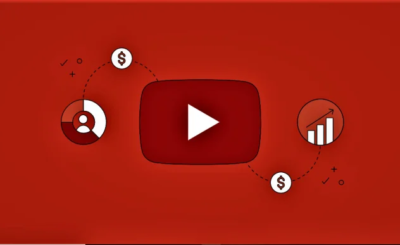Today, it is no longer necessary to travel to hold meetings and/or conferences in person; using the technology of a simple web browser, it is now possible to organize meetings and interactive virtual conferences remotely and securely over the Internet. Among the various forms of virtual meetings, webinars and webcasts are increasingly popular for business communication.
What is a Webcast?
A webcast is a transmission of audiovisual content over the Internet. The term is made up of two elements:
- web: for the World Wide Web, online or web-based
- cast (from the word broadcast): for broadcasting, transmission or emission
The webcast should not be confused with the podcast! Webcasts are essentially streamed over the Internet, while podcasts are distributed online, but not by streaming. Podcasts are always stored locally so can be viewed anytime but never live. Podcasts often contain only audio material while the webcast broadcasts video and sound.
In a webcast – sometimes also called a webcast – the information is broadcast to an audience on a one-to-many basis by streaming. This so-called “one-to-many” communication is a form of mass communication in which information is transmitted from a central point to a circle of participants. The transmission of information is based on the classic transceiver model: one person present and participants are watching. A webcast can thus be broadcast at the same time to several hundred or even thousands of participants.
A webcast is an Internet broadcast of audiovisual content, which allows live interactivity with the user, like a television broadcast. Webcasts are effective tools for attracting customers or improving brand image, through a content marketing strategy.
A webcast can be used for presentations, conferences, marketing, meetings, internal and external training, broadcasts, corporate communication,… These are some examples where this technology can be applied as a support tool as part of a content communication strategy. Whether it is to publicize your recently created business (more info on the Cersa site about starting a business) or to present a new product/service, the webcast is an effective communication solution at the digital age!
Webcasts are traditionally simply live broadcasts streamed over the Internet. These can be concerts or opening speeches for official events, where the lively character of the events is the focal point.
Much of the potential of a webcast is that, in addition to being able to broadcast a presentation live over the Internet, that same presentation can be recorded so that a user can later access that content and view or re-watch it. at its convenience. This is called on-demand access or replay.
How to Create a Webcast?

Let’s start with the basics of preparing and broadcasting a webcast. There are three things you will need to ensure the success of your online event:
- A good internet connection (for streaming)
- Webcasting software such as Engage
- Professional equipment (webcam / camera / camera, computer, microphone)
But beyond the material, it is the substance that matters. To succeed in a webcast with Engage or any other webcasting solution, you must first determine the appropriate thematic content and know-how to create teasing around the subject (s) that will be covered.
Plus, a good web event always needs a good presenter. Experienced presenters (speakers, celebrities, TV hosts, etc. are better able to transmit their expertise and captivate the audience.
The next step is to set a date for the webcast to be broadcast and communicate to the target group accordingly. Of course, all communication channels available to a company can be used for this purpose: whether it is the company’s intranet, emailing, or social networks.
Before the webcast can be broadcast or recorded, its content must be designed to be lively and dynamic. Thus, a lively presentation is created around the chosen topic to captivate the audience. This is possible through exciting content and enhancing presentation through multimedia content.
Registering for your event should be very simple via a short registration page. Potential participants are usually required to enter personal details such as name and email address in order to participate in a webcast. Thanks to the email of registered participants, you can send reminders before the start of the webcast in order to boost the participation rate.
In addition, the presentation itself or additional information can be sent by email afterward.
As you can see, a successful webcast cannot be improvised but with these good practices, you should be able to make your live broadcast a real success!







